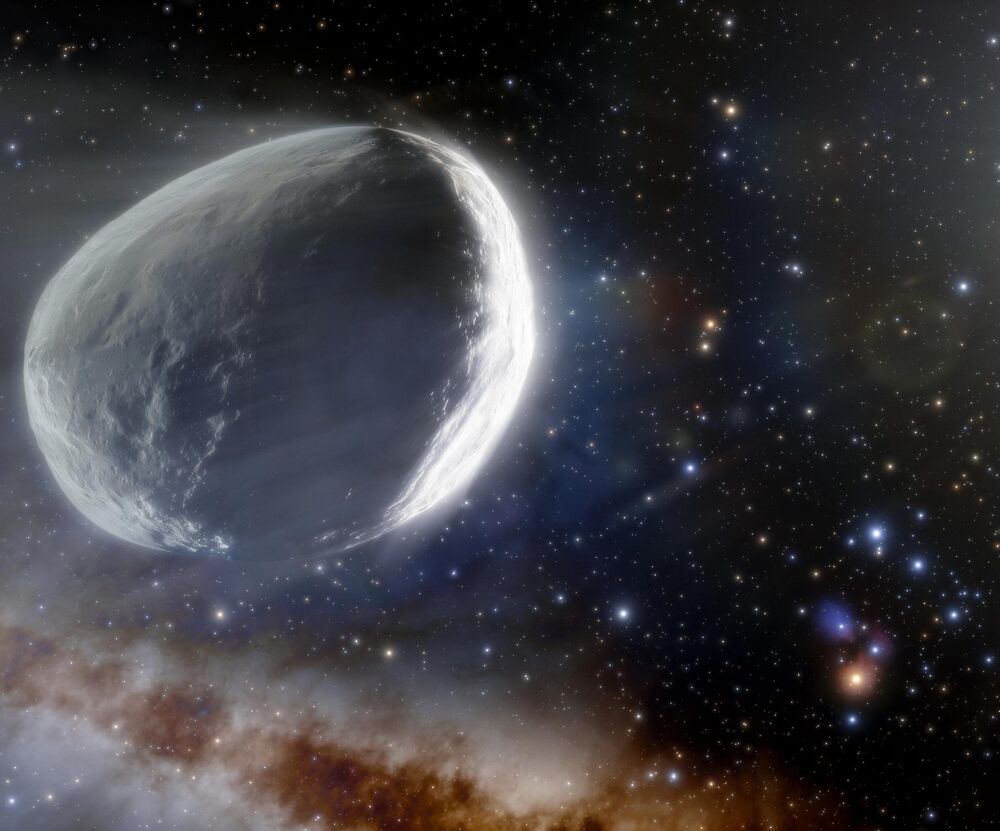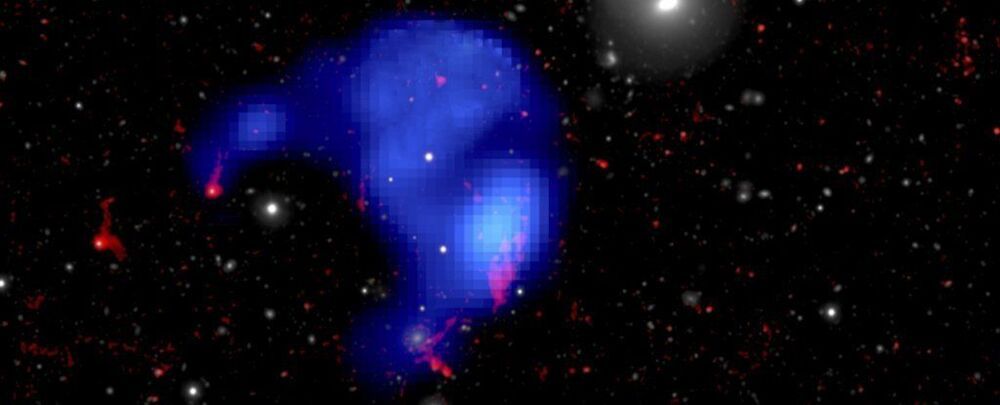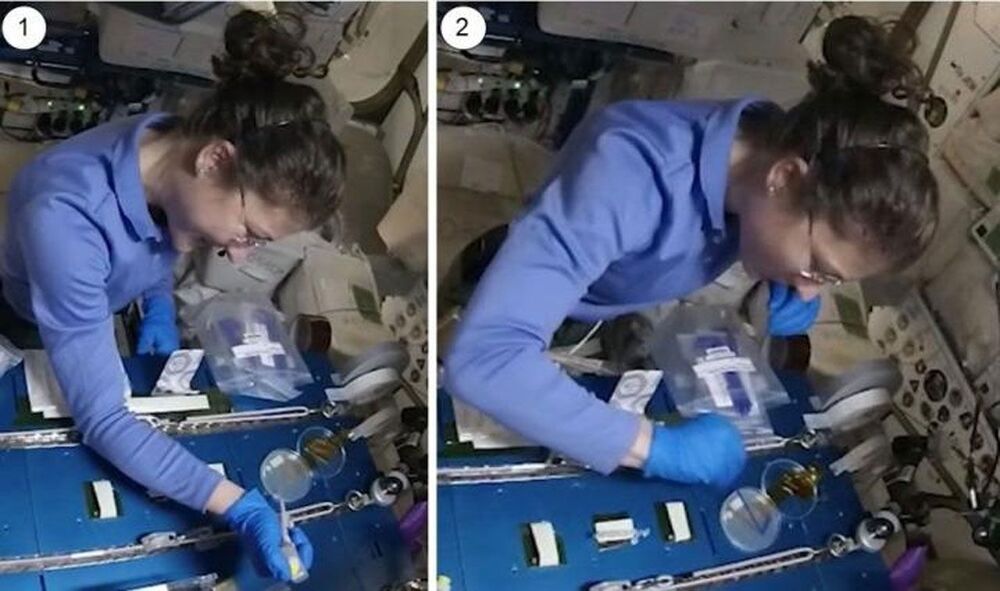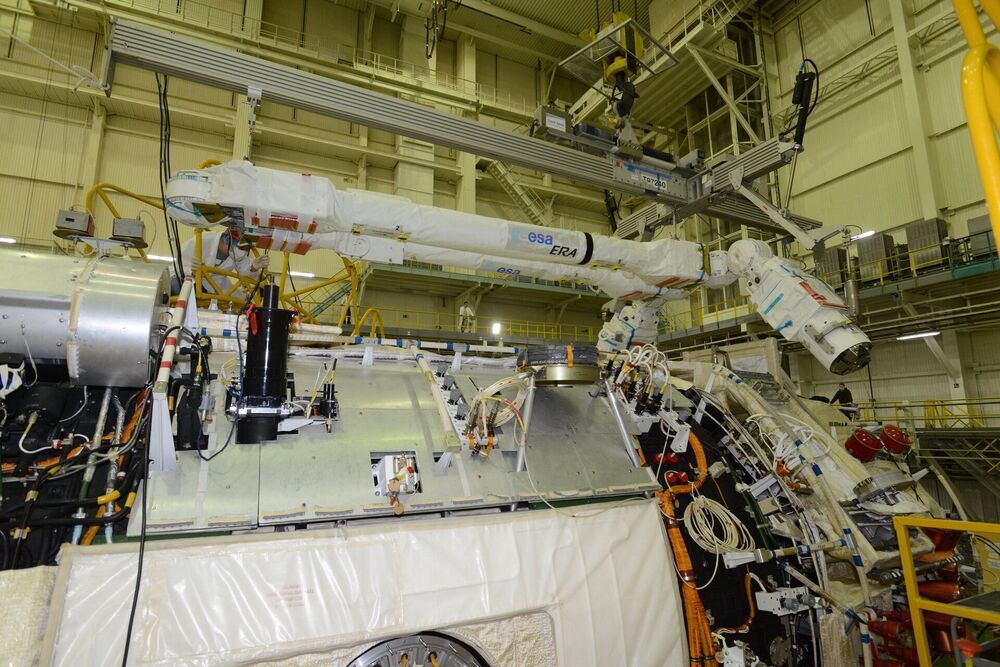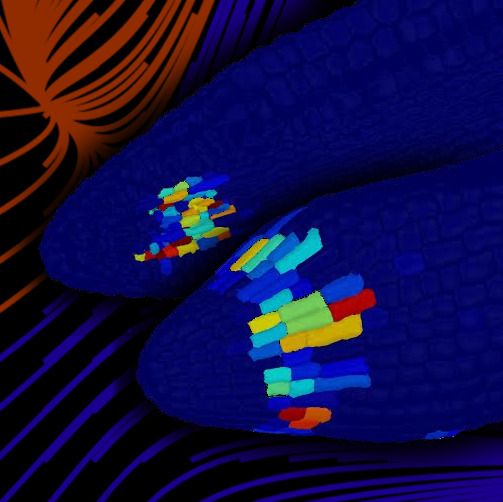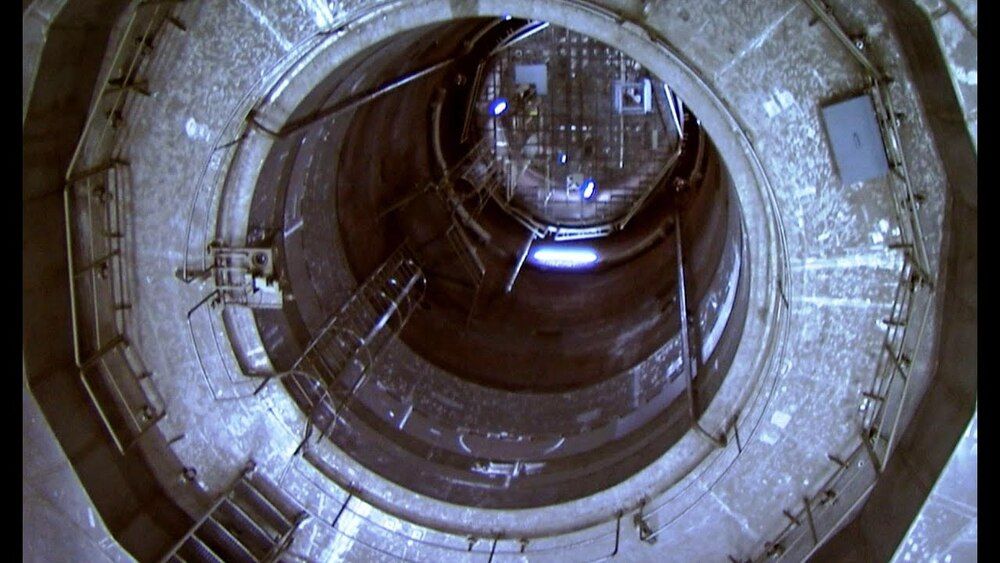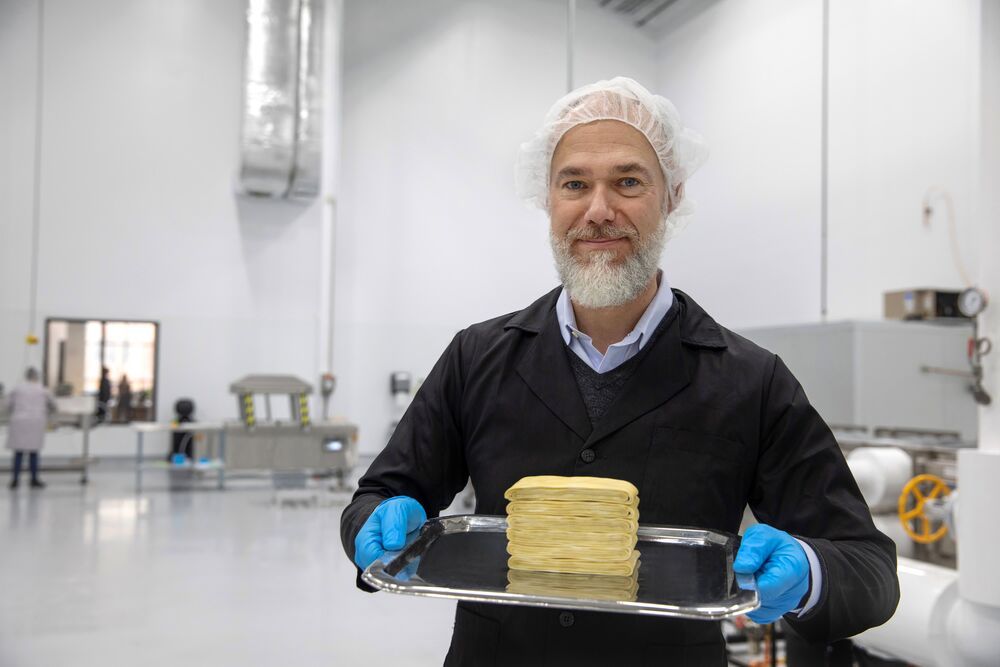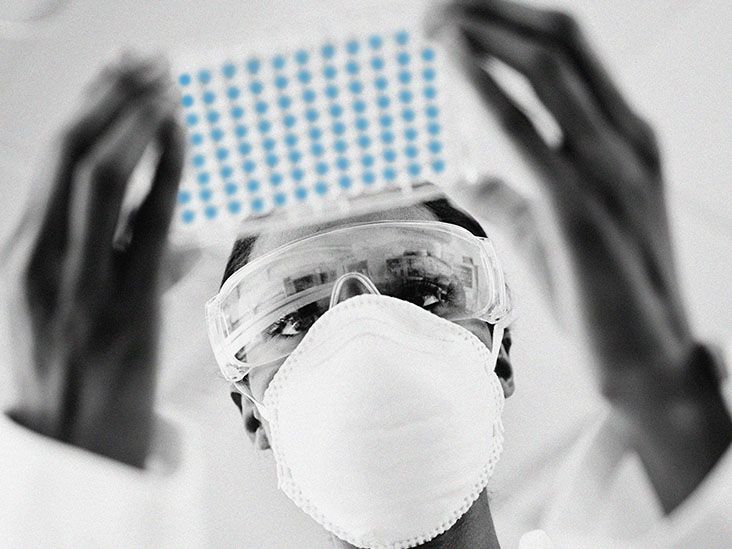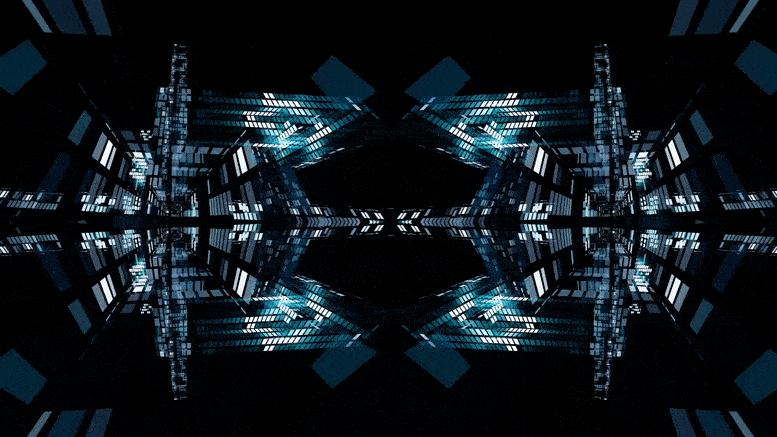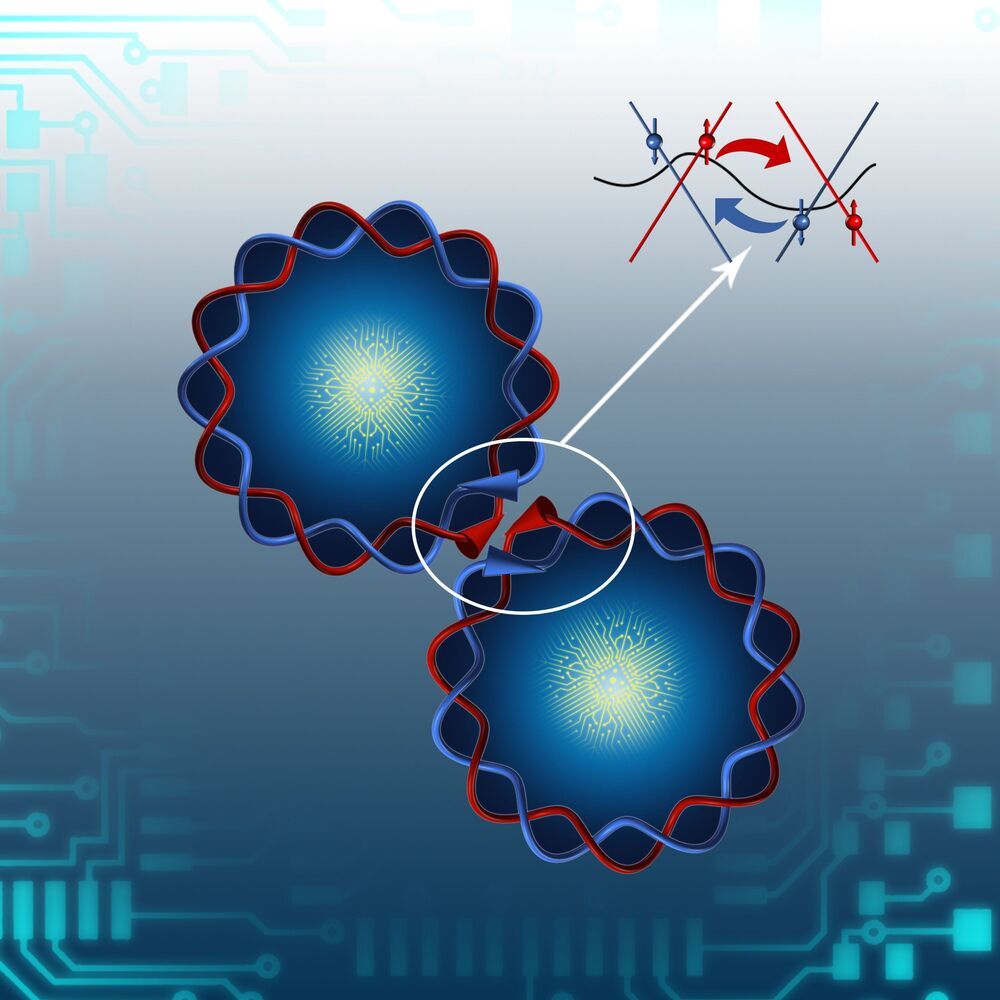Jul 6, 2021
Unusual Comet – 1000 Times More Massive Than Typical – Discovered in Outer Solar System
Posted by Quinn Sena in category: space
Estimated to be 100–200 kilometers across, the unusual wandering body will make its closest approach to the Sun in 2031.
A giant comet from the outskirts of our Solar System has been discovered in 6 years of data from the Dark Energy Survey. Comet Bernardinelli-Bernstein is estimated to be about 1000 times more massive than a typical comet, making it arguably the largest comet discovered in modern times. It has an extremely elongated orbit, journeying inward from the distant Oort Cloud over millions of years. It is the most distant comet to be discovered on its incoming path, giving us years to watch it evolve as it approaches the Sun, though it’s not predicted to become a naked-eye spectacle.
